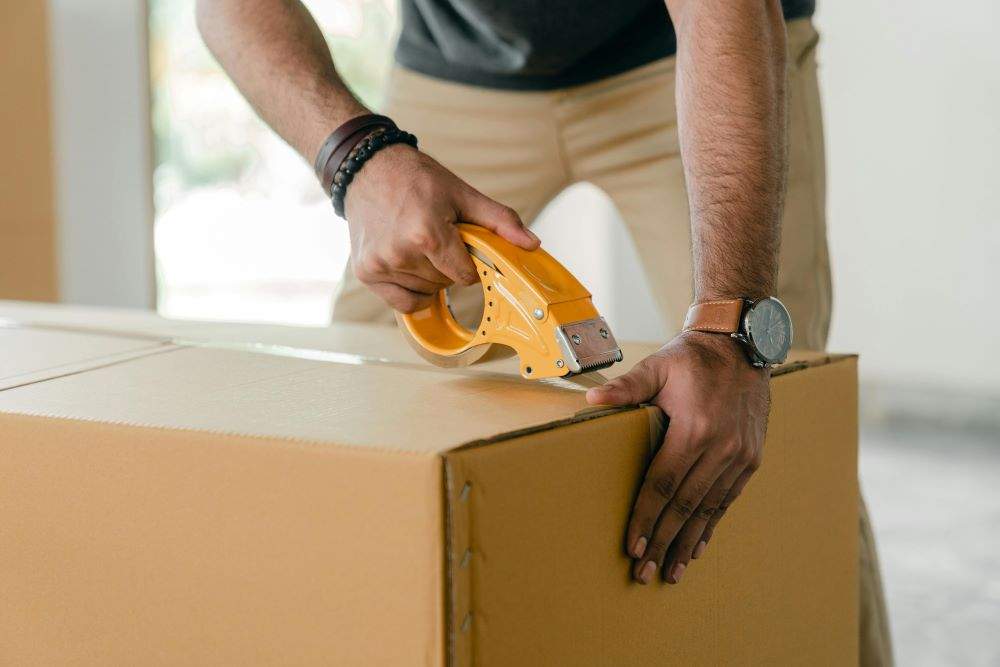
Moving to a new city can be an exciting yet challenging experience. One significant change you might consider is transitioning to a car-free lifestyle. This decision can lead to numerous benefits, both for you and the environment. This blog post will explore practical tips and strategies to help you navigate urban life without a car.
Understanding the Benefits of a Car-Free Lifestyle
One of the most compelling reasons to go car-free is the positive impact on the environment. Reducing your carbon footprint contributes to decreasing pollution and conserving natural resources. Further, the economic advantages are significant. Without the costs associated with car ownership—such as fuel, maintenance, insurance, and parking—you can save a substantial amount of money. A car-free lifestyle promotes better health and fitness, as it often involves more walking and cycling. This increased physical activity can lead to improved cardiovascular health and overall well-being. Also, many people find that living without a car reduces stress levels, as they no longer have to deal with traffic jams or parking hassles.
Hiring Movers for Your Relocation
Once you decide to move to a new city, start practicing a car-free lifestyle with the relocation. To help you with this goal, get professional movers to assist you. Hiring movers can make your transition easier and less stressful. They handle the logistics of moving your belongings, allowing you to focus on settling into your new environment. Relying on Affordable Reliable Moving Company with experienced professionals who will ensure your possessions are transported safely and efficiently is one amazing option. Their expertise and service quality make them a good option for anyone looking to simplify their move and start their car-free journey on the right foot.

Finding Essential Amenities Within Walking Distance
One of the first steps to embracing a car-free lifestyle is finding essential amenities within walking distance. This includes locating grocery stores, pharmacies, and other daily necessities. Using apps and online maps can be incredibly helpful in identifying these spots. Living in a walkable neighborhood makes it easier to go car-free and enhances your quality of life by providing more opportunities to engage with your community. As an illustration, neighborhoods with higher walkability scores tend to have more vibrant local businesses and better social cohesion.
Investing in a Quality Bicycle and Safety Gear
Cycling is a fantastic way to navigate a city car-free. Investing in a quality bicycle can make your daily commute more enjoyable and efficient. When choosing a bike, consider factors like durability, comfort, and the type of terrain you will be riding on. Essential safety gear includes a helmet, lights, reflective clothing, and a sturdy lock. Regularly maintaining your bicycle is also important to ensure it remains in good condition. With this in mind, it’s important to follow best practices for safe urban cycling, such as obeying traffic rules, being aware of your surroundings, and using designated bike lanes whenever possible.
Researching Your New City’s Public Transportation System
After moving to a new city, understanding the public transportation system is important. Of course, you need to familiarize yourself with all available transit options, including buses, trains, trams, and bike-sharing programs. Researching and understanding the schedules and routes will make your daily commute more efficient. Most cities have detailed information available online, making it easier to plan your trips. Besides, investing time learning about the different transportation systems can save you a lot of trouble later on. Consider getting a transit pass if available, as it often offers unlimited rides at a discounted rate.
Utilizing Technology for Easy Navigation and Planning
Technology is important for making a car-free lifestyle convenient. There are numerous apps designed for navigation and public transit schedules. Apps like Google Maps, Citymapper, and Transit can provide real-time updates and suggest the best routes for your trips. Another key point is the role of ride-sharing services like Uber and Lyft. While you may not own a car, these services can be a reliable backup when public transportation is not an option. Furthermore, technology can assist in planning your daily commutes, ensuring that you always have a clear idea of how to reach your destination efficiently.

Joining Local Communities and Car-Free Groups
The importance of social support in maintaining a car-free lifestyle cannot be overstated. Joining local car-free or cycling groups can provide you with valuable resources, tips, and encouragement. These communities often organize events, group rides, and workshops that can help you adjust to your new lifestyle. In short, the benefits of community support and shared resources are immense. You can learn from others’ experiences, discover new routes and shortcuts, and even find friends who share your commitment to sustainable living.
Adapting to Seasonal Changes and Weather Conditions
Living without a car requires careful planning for different weather conditions. Preparing for seasonal changes is essential to stay comfortable and safe. In hot weather, make sure to stay hydrated and wear breathable clothing. For rainy days, invest in waterproof gear and always have a backup plan in case public transportation is disrupted. Winter can be particularly challenging, but with the right clothing—such as insulated jackets, gloves, and thermal layers—you can continue to enjoy a car-free lifestyle year-round. Therefore, having the proper gear and being prepared for various weather conditions is key to your success.
Exploring Alternative Transportation Options
In addition to public transportation and cycling, exploring alternative transportation options can further enhance your car-free lifestyle. Car-sharing programs like Zipcar or Car2Go offer the convenience of a car without the responsibilities of ownership. These services allow you to rent a car for a few hours or a day, perfect for trips where public transport isn’t feasible. Another innovative option is electric scooters, which have become increasingly popular in urban areas. They are affordable, easy to use, and ideal for short commutes. Similarly, electric bikes (e-bikes) provide a boost for longer journeys or hilly terrains, making cycling more accessible to everyone.

Summary: Moving to a New City Car-Free
Transitioning to a car-free lifestyle after moving to a new city offers numerous benefits. From environmental and economic advantages to improved health and reduced stress, the positives are clear. Moving to a new place is an opportunity to fully embrace sustainable living. With the right strategies and mindset, you can enjoy the freedom and simplicity that comes with a car-free lifestyle.
You have the power to make a difference, and practicing sustainability in your business is a great place to start. Take pride in knowing you are doing your part to create a more sustainable future. And remember, practicing sustainability in your business is a journey, not a destination. By taking small steps, you can make big changes. Therefore, keep up the great work and inspire others to do the same. Whether you want simple point to point transportation for your guests or you want to give your guests the Oregon experience, complete with commuter options and sustainable transportation. Our buses are meticulously maintained, our drivers are friendly and reliable, and our booking process is easy. We at ecoShuttle™ want to enhance the quality of life of every customer and make a positive impact on the community. Our vision is to create an ecologically aware lifestyle, where green is not a new fad but an everyday part of life. With a convergence of amenities and conveniences, the customer gains an enriched way of life. How groups travel Green in the Pacific Northwest.
